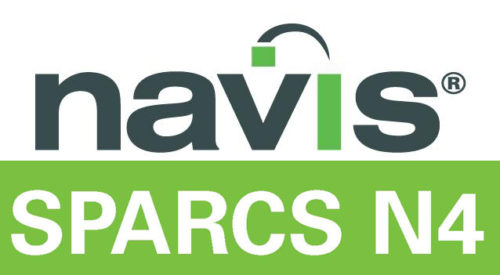Navis Sparcs Software Test With Sentinel UltraPro DONGLE
Navis SPARCS N4 will provide a significant increase in efficiency in central planning, docks, and terminals. The features of the software such as providing full integration with container lines and other world ports, minimizing time losses and errors due to data transfer will have very positive reflections on the business processes of Port customers.
Navis Sparcs
Commissioned the Navis SPARCS N4 Terminal Operation System software, which is used in more than 200 ports around the world.
Carrier & Vessel Solutions
Thanks to the commissioning of Navis SPARCS N4 as of March 13, 2011, it is planned to gain advantages such as minimizing time losses and errors caused by data transfer at the port, increasing efficiency at the dock and terminal with central planning, increasing ship operation speeds and reducing vehicle stay times.
It also provides full integration with other ports and Container lines worldwide using Navis SPARCS N4. In this way, can monitor all its operations in real-time and provide real-time reports to its customers.
Port, which uses a common language with all terminals in the world, can instantly integrate the know-how of other ports using the program into the system. Ports using this program, which has a top model released twice a year, are constantly developing and are open to innovations. At the same time, thanks to the program, Borusan Port offers many advantages to its customers by instantly activating the performance and efficiency-enhancing actions used in other ports.
Terminal Operations
Today’s modern terminals must operate at peak productivity and efficiency. With 30 years of experience working with leading terminal operators, Navis delivers the industry’s premier software system and applications for optimizing every facet of facility operations.
Maritime solutions to improve the safety, efficiency, and environmental performance for ocean carriers, vessel owners, managers, and charterers.
Rail Planning & Intermodal Operations
Rail planning optimization and terminal operating systems to maximize throughput, increase utilization, and gain control of rail operations.



